When the word "stable coin" is used, it is referring to stable, relative to the underlying pegged asset. If we have to be technical, it is more of a "pegged coin" than a stable one.
Analysis 1: Stable coin is useful. But it could reduce the demand of actual currency and create serious devaluation.
✔️ Stable coins are good. Let’s get the straight.
❌ But the risk is that stable coins become a threat to the existing currency and its monetary policy.
Case in point: Venezuela’s Bolivar ????????
- Venezuela experienced hyperinflation in its currency. (Meaning if 1 banana costs 1 Bolivar, the same banana costs 3 Bolivar tomorrow. Your Bolivar cash is the same but everything suddenly becomes more expensive.)
- This means that Bolivar is less valuable.
- People move to an alternative; cryptocurrencies.
- More people use cryptocurrencies and more businesses accept currencies.
- This means less demand for Bolivar. (Actual currency)
- My fear is this risk: as less people demand Bolivar, it becomes even less valuable (see 3). So in the end, the currency might devalue to the extent where it is no longer valuable and the system is gone.
Funny thing: money only works when we believe in it. It’s literally just pieces of paper. When we stop believing in Bolivar, Bolivar will also cease to exist.
If that can happen in Venezuela, how about a large scale, say the US economy? One day, you wake up and realise the green bag is worth nothing.
Analysis 2: Strange math aside, Petro is centralised by few organisations.
✔️ Venezuela has oil. It’s how they have been sustaining themselves.
❌ But this can be easily manipulated.
My 4 questions:
- Accepted Petro rate is dependent on oil prices, determined by OPEC. (Arguably centralised)
- How is Petro/Bolivar determined? It is defined by operations authorised by the government. (Centralised)
- Oil prices defines the Accepted Petro/Bolivar rate in an ambitious manner. (Not transparent. Is opaque)
- Government controls the faction of Dv (discount rate in terms of oil prices). (Opaque and centralised)
Some ways to manipulate Accepted Petro:
Collude with OPEC (i.e. lobbying) to adjust the supply of oil, hence the price of oil. Or invest in alternative energy and reduce demand in oil, hence the price.
Be the government in Venezuela. Accept or reject “volume of operations of exchange house authorised by the gov” and affect the Petro/Bolivar rate.
Be the government and change the discount rate (Dv). E.g. if citizens are paying taxes in Petro, have a low discount rate (Dv) so the government gets a higher Petro than with discount. And when gov has to spend a lot, increase the Dv so less Petro is needed to pay for the expense.
Stable coin is good. In this case of #Petro, maybe not. Too opaque and centralised. If the government has a reputation of being honest and non-corrupt, maybe it might possibly probably perhaps work. But that is not the case.
[link] [comments]

You can get bonuses upto $100 FREE BONUS when you:
💰 Install these recommended apps:
💲 SocialGood - 100% Crypto Back on Everyday Shopping
💲 xPortal - The DeFi For The Next Billion
💲 CryptoTab Browser - Lightweight, fast, and ready to mine!
💰 Register on these recommended exchanges:
🟡 Binance🟡 Bitfinex🟡 Bitmart🟡 Bittrex🟡 Bitget
🟡 CoinEx🟡 Crypto.com🟡 Gate.io🟡 Huobi🟡 Kucoin.

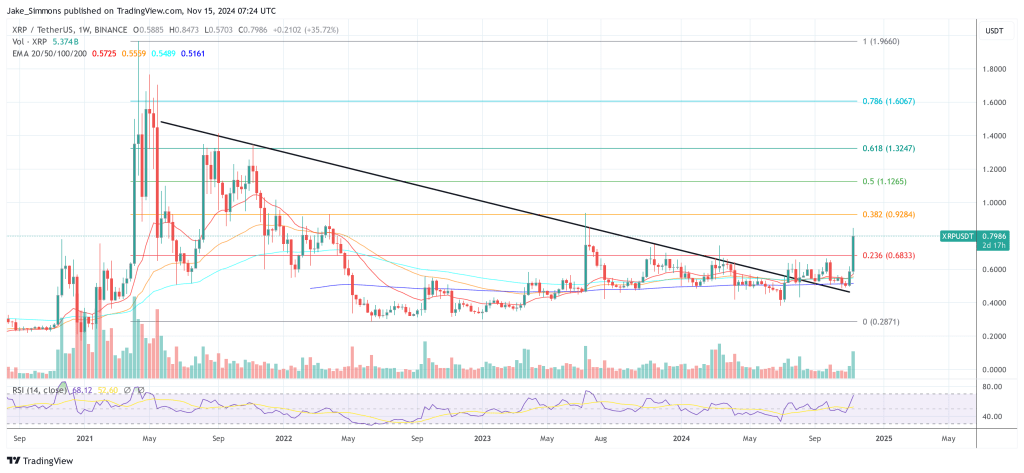

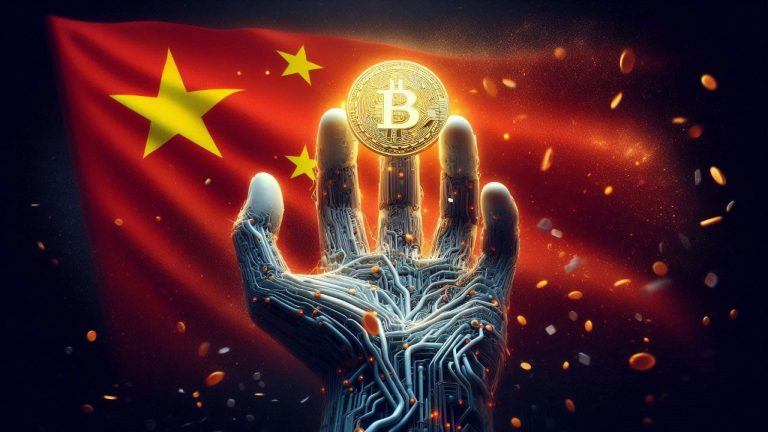



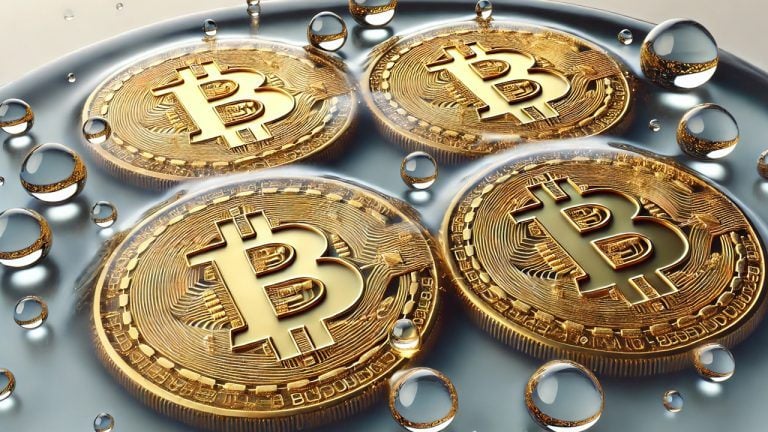

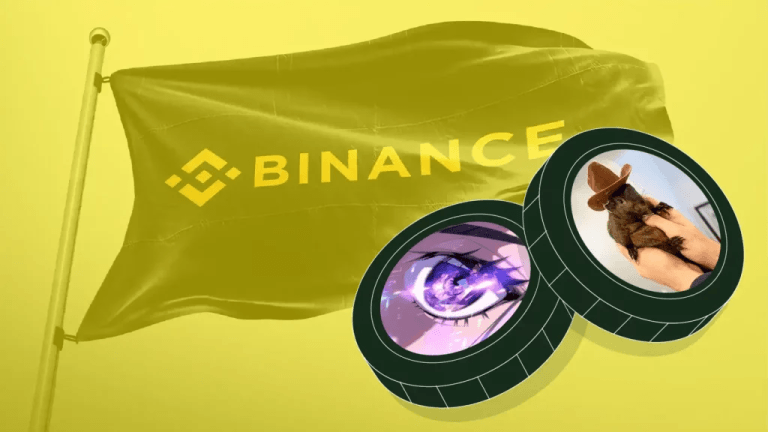
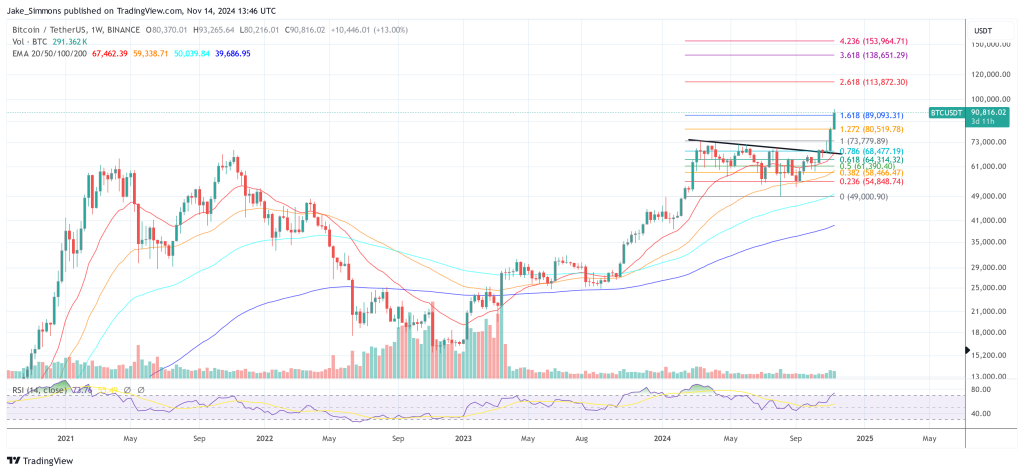
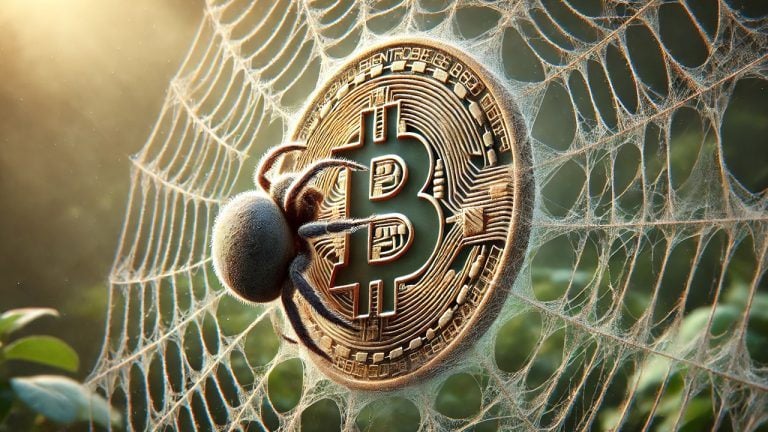



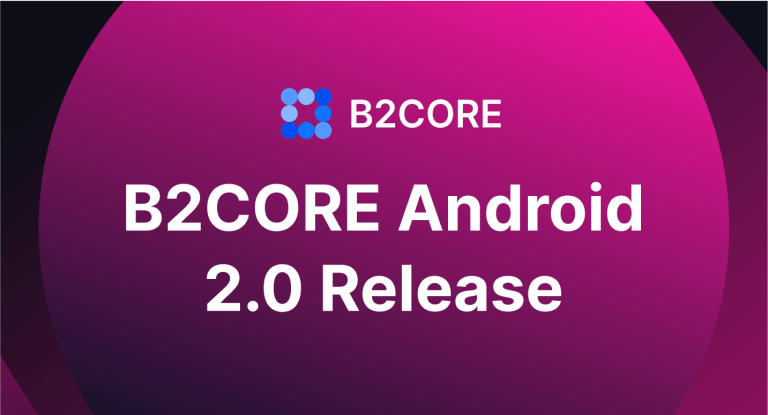

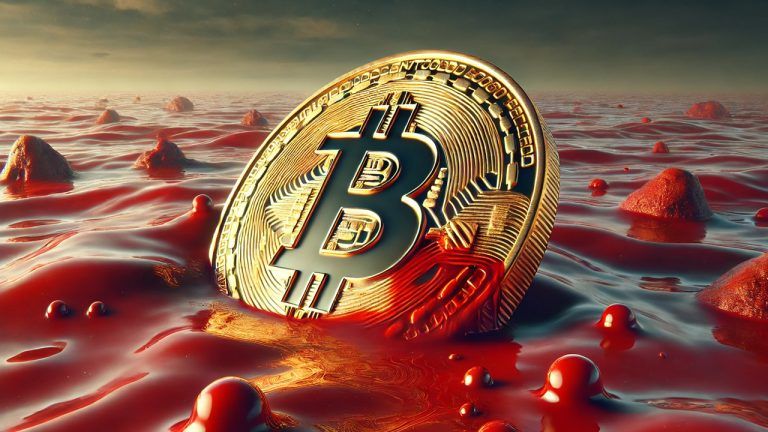


Comments